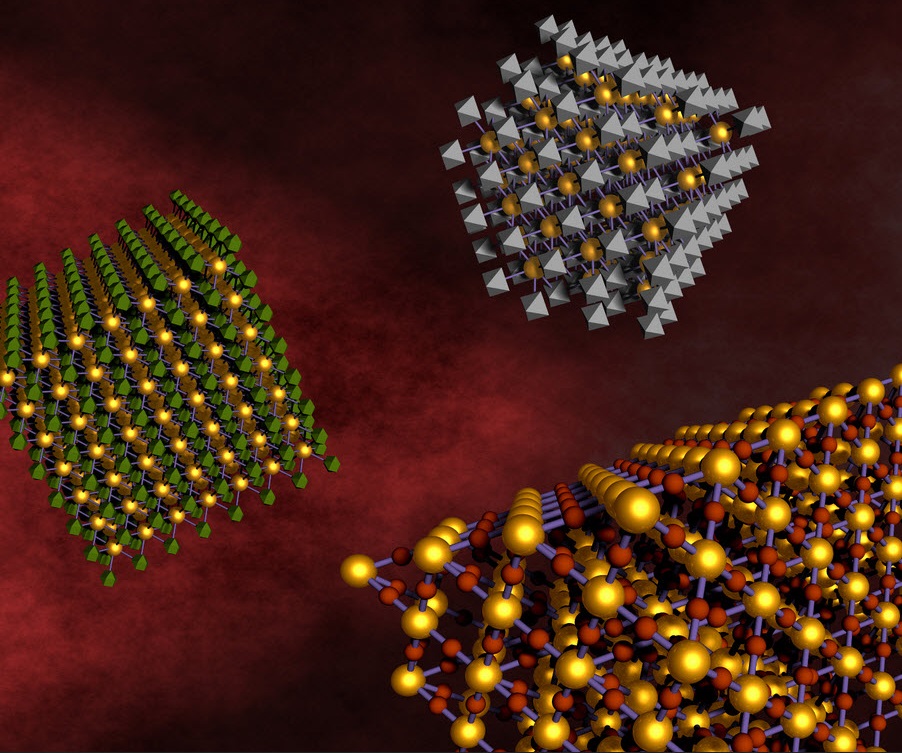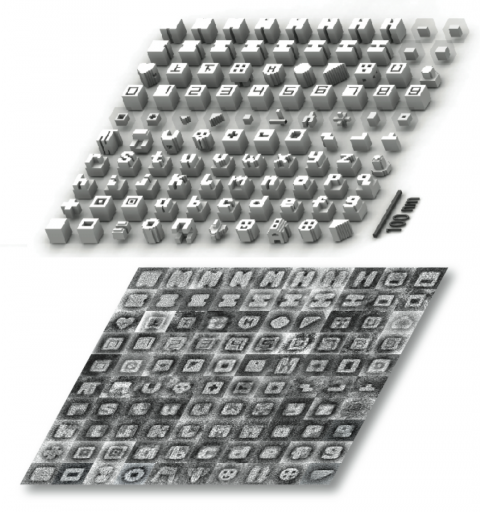Ask Ray | Question about molecular assemblers
February 21, 2014

DNA linkers allow different kinds of nanoparticles to self-assemble and form large nanocomposite arrays. The approach allows mixing and matching components for the design of multifunctional materials. (credit: Brookhaven National Lab)
Hello Ray,
I finished reading your book not long ago, and I had a question regarding your opinion of molecular assemblers.
Suppose molecular assemblers are indeed proven to be feasible on a large scale and we are given an infinite abundance to produce as much as we want — limited only by the amount of matter in our vicinity — with minimal effort.
If this scenario comes to fruition, how will humans be able to cope with the lack of challenges in their lives? It seems like with assemblers there will be very little incentive to do anything.
Since everything could be obtained effortlessly through assemblers, there appears to be little purpose to hold a job, since all possessions could be obtained for free.
There would also be no challenge to stay in shape, since we could build muscle on demand, and eliminate any undesirable excess fats.
One might think that our lives would switch focus towards acquiring skills and knowledge, but would this too be
jeopardized by assemblers, if all our thoughts and skills are products of our physical mind?
Could we not simply have molecular assemblers shape our mind to be like that of another person if we wanted to acquire their skills?
On a separate note I would like to thank you for writing such an interesting book. Thanks from a fan.
— Paul
Paul,
Future molecular assemblers will make physical things, but not create new knowledge.
We are doubling knowledge about every year and that will remain a challenge requiring increasing levels of intelligence.
— Ray

Computer-generated 3D models (left) and corresponding 2D projection microscopy images (right) of nanostructures self-assembled from synthetic DNA strands called DNA bricks. A master DNA brick collection defines a 25 nanometer cubic molecular canvas with 1000 voxels. By selecting subsets of bricks from this canvas, scientists constructed a panel of 102 distinct shapes exhibiting sophisticated surface features and intricate interior cavities and tunnels. These nanostructures may enable diverse applications ranging from medicine to nanobiotechnology and electronics. (credit: Harvard University)
related reading:
Wikipedia | molecular assemblers
Institute for Molecular Manufacturing | profile
Foresight Institute | profile
KurzweilAI news | “Mix-and-match nanoparticles self-assemble into exotic multifunctional materials, guided by DNA”
KurzweilAI news | “Researchers create versatile 3D nanostructures using DNA bricks”
KurzweilAI books | No Small Matter: Science on the Nanoscale
KurzweilAI books | Radical Abundance: How a Revolution in Nanotechnology Will Change Civilization